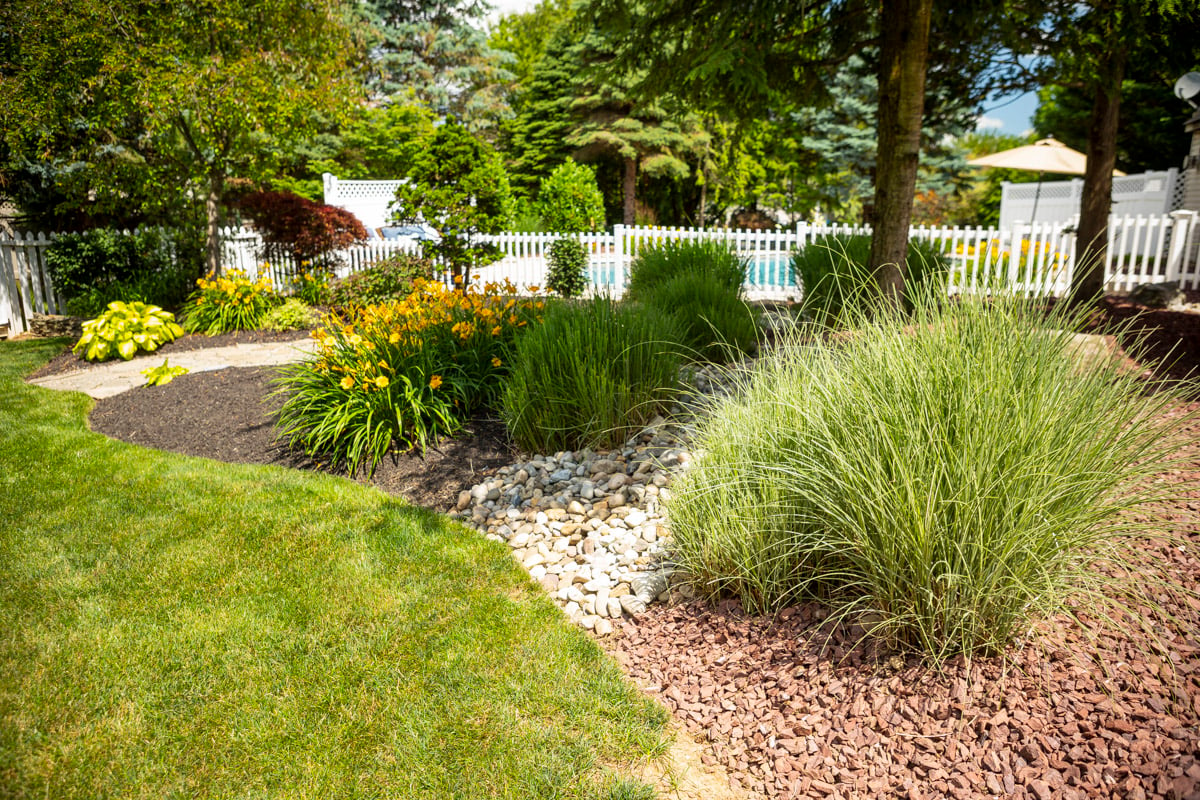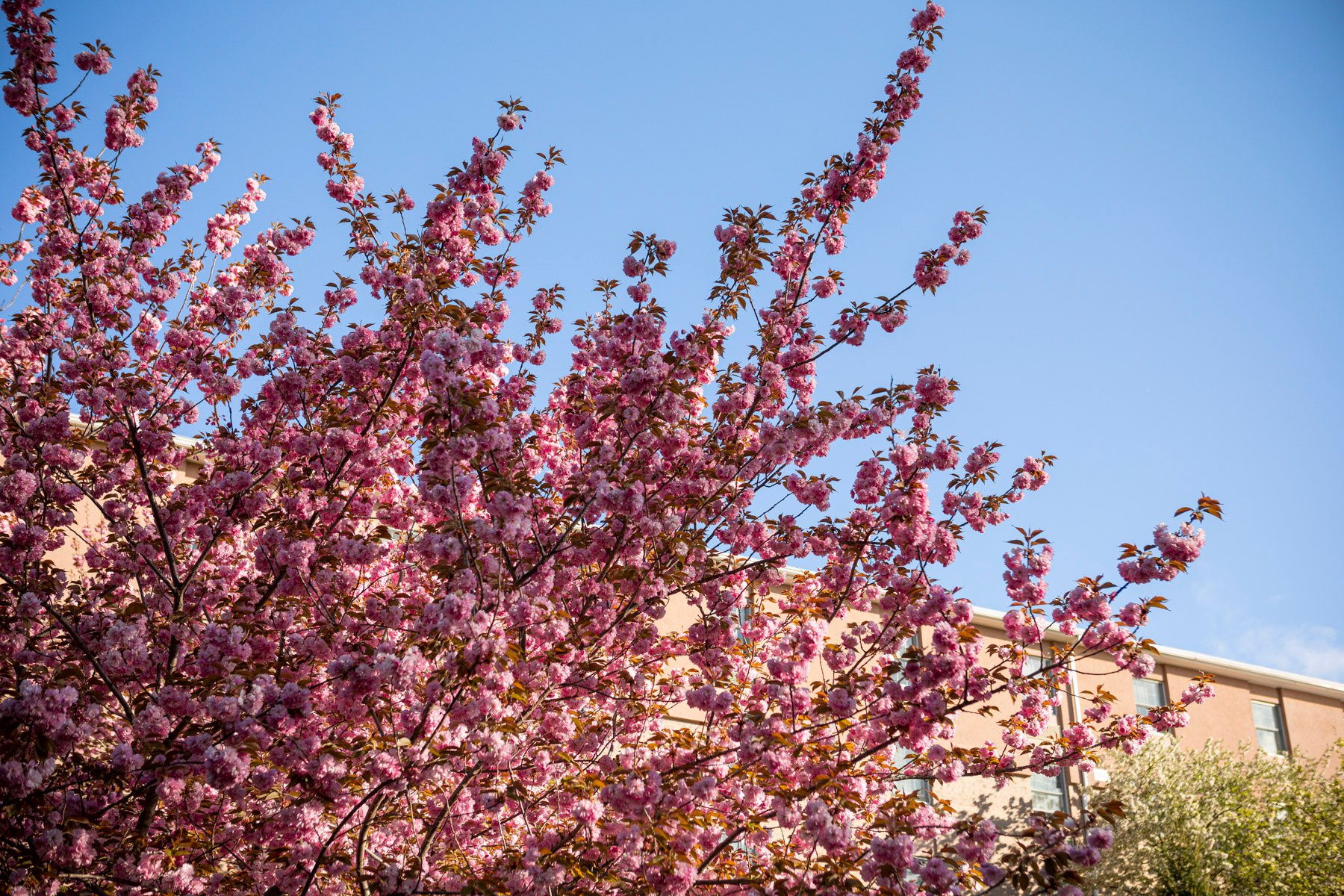Installing plant material is often more complex than people realize.
There is much more to it than just picking up some plants at the local big box store and sticking them in the ground. You have to consider what will work well for both your region as well as the area of your property where you’ll be doing the installation.
Recently, there have been updates to regional planting zones. You may have heard that in November 2023, the U.S. Department of Agriculture (USDA) released a new version of its Plant Hardiness Zone Map.
You can view the new map here. This is the first update to the map since 2012.
In this article, we will talk about what the Plant Hardiness Map update might mean for your landscapes.
What is the USDA Plant Hardiness Map?
If you have ever purchased plant material before, you might have noticed they are typically tagged with some zone information. This is an important piece of information to pay attention to as it will explain which plants perform best in which locations.
Naturally, some plants are going to be more adaptable to cold or warm weather than others.

This information is all referenced in the USDA Plant Hardiness Map, which divides the United States into regions based on average-low winter temperatures.
This is a valuable tool for gardeners, landscapers and growers, as it helps them to make decisions regarding which plants will perform best in which region.
While Joshua Tree Experts does not install plant material, this is something that we’re paying close attention to as we care for our clients’ plants. We also want homeowners to make the best possible plant selections for their homes so that they have success.
What’s New on the Plant Hardiness Map Update?
The USDA has said that there were important plant growing zone updates that needed to be made based on weather data. In their press release, the USDA stated that the new map is more accurate and contains greater detail than previous versions.

According to the USDA, the new map is based on 30-year averages of the lowest annual winter temperatures at specific locations. It is divided into 10-degree Fahrenheit zones and then further divided into 5-degree Fahrenheit half-zones.
Generally speaking, the new map shows that winter temperatures have been trending “warmer” in various parts of the country. This might mean that plants that required more extensive frost protection in the past might now fare better over the winter.
Some researchers have anecdotally already noticed this change.
For instance, The Associated Press reported that Boston University plant ecologist Richard Primack found that his fig trees are now surviving without extensive protection from the cold.
In the AP article, he also says that he has spotted camellias in a Boston botanical garden and southern magnolia trees surviving in the Northeast climate without experiencing frost damage. These are typically southern species.
Keep These Recommendations in Mind When Choosing Plants
Whenever installing plant material, there are no “guarantees” that it will survive.
In that mindset, it’s important to note that this plant growing zones map is meant to be a guideline (not a guarantee). Even if you choose plants from your proper zone, there are obviously other factors that come into play (including proper planting and proper care). As we said from the start, plant installation can be complicated!
It’s also important to remember that plants from a nearby region might still perform okay where you are.
For example, if you are located in zone 6a, plants from zone 6b might still work for your area. Sometimes choosing a plant that is slightly out of your zone might mean giving it a little extra “TLC.”
We understand that it can be frustrating when new plant material doesn’t perform well, so never hesitate to ask us if you have questions about plant growing zones.
Even though we don’t handle plant installation work, we want to see you have success with your landscape.
Setting Your Plants Up for Long-Term Health
Once your plants are installed, you’ll want to ensure they are properly cared for. If you truly want to set your plants up for success, it’s also beneficial to invest in Plant Health Care.
As we’ve said, even if you choose the right plant growing zone from the USDA Plant Hardiness Map, it is not a guarantee that your plants won’t experience problems.
Plants in the suburban landscape are subject to a number of potential issues including environmental stressors, diseases and pests. It’s important that you take extra steps to protect your investment in your plants with proper care.
Conversely, it’s also important to mention that Plant Health Care can’t fix installation errors (including choosing plants that aren’t suited or adaptable to your climate zone). That means that if you’ve chosen a plant that is known to perform better in a completely different zone, it’s likely to struggle, even with care.
While there’s no doubt we are seeing some changes in temperature data as demonstrated in these plant growing zone updates, we still would advise against choosing plant material that’s not suited for your regional area.
Your Partner in Plant Success
At Joshua Tree Experts, we are always available to help you with your Plant Health Care needs. We know that plants are complicated and that you might have a lot of questions.
But we are here to help!
We’re also always available to keep you up to date on new information like this plant hardiness map update because we care about seeing your landscape succeed. Even though we don’t handle plant installation work, we do help care for a property’s trees and shrubs after they’ve been installed.
At the end of the day, it all boils down to the protection of your investment. When you invest in professional Plant Health Care, you’re investing in protecting your plants.
If you’d like to have the trees and shrubs at your property assessed and discuss potential plant health care options, contact us for a free consultation. Then you can rest assured knowing we’ve got it completely under control.




